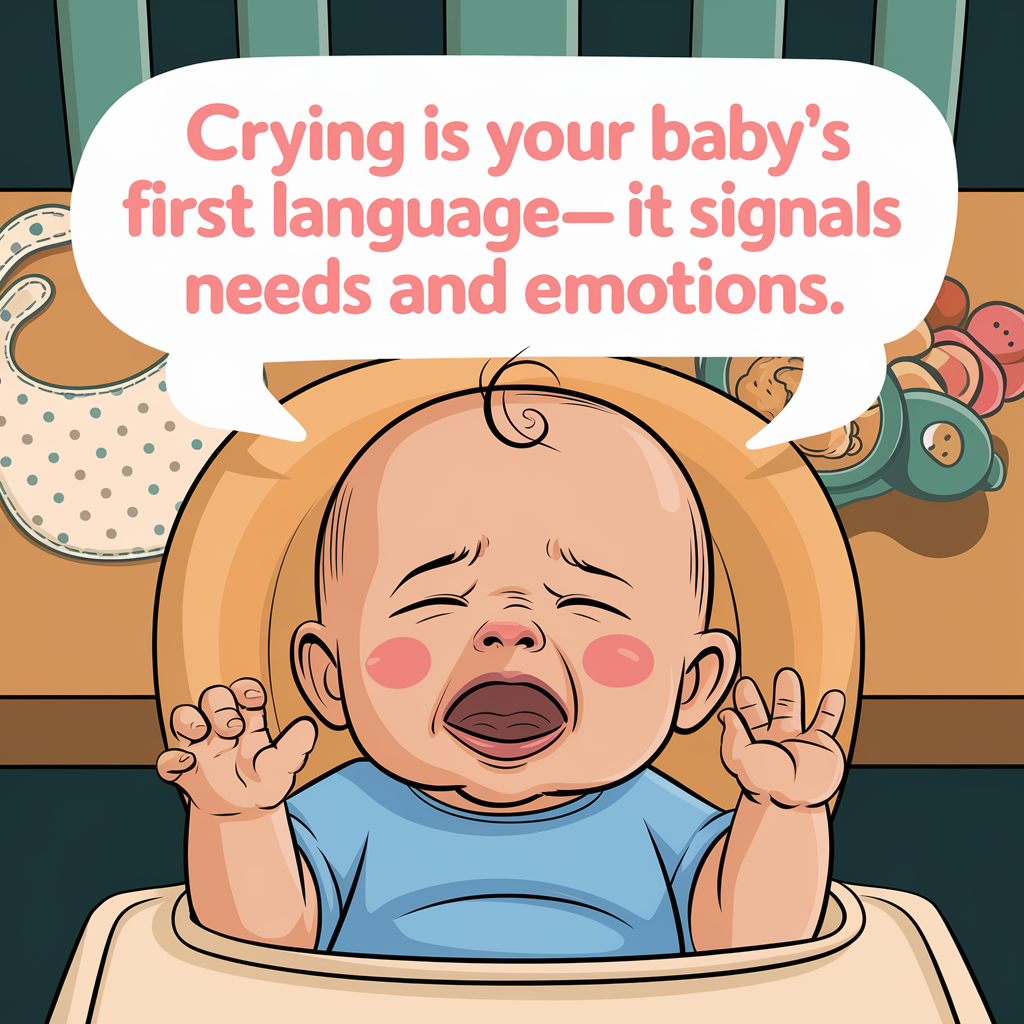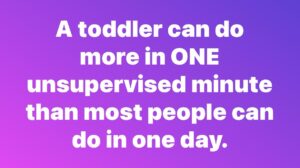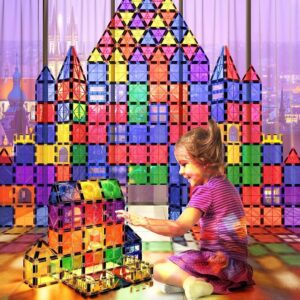
As parents, understanding and nurturing your baby’s emotional development is crucial for their overall well-being and the bond you share. From the moment your baby enters the world, they communicate their needs, emotions, and experiences through cries, smiles, and gestures. In this article, we will delve into the fascinating journey of your baby’s emotional development, exploring key milestones and offering insights on how to support and foster their emotional growth.

- The Language of Crying: Crying is your baby’s primary means of communication in the early months. It is their way of expressing hunger, discomfort, fatigue, or the need for closeness. Pay attention to the different types of cries, as they can convey specific messages. Responding promptly and sensitively to your baby’s cries helps build trust, security, and emotional connection.
- Developing a Sense of Security: Creating a secure and nurturing environment is essential for your baby’s emotional development. By providing consistent care, meeting their needs, and offering reassurance and comfort, you establish a sense of security. This foundation enables your baby to explore the world with confidence, knowing that you are there to support and protect them.
- Social Smiles and Joyful Interactions: Around two to three months of age, your baby begins to respond with social smiles. These smiles are an indication of their growing emotional connection with you and their emerging ability to engage in social interactions. Encourage joyful interactions by talking, making eye contact, and engaging in playful exchanges, fostering positive emotional experiences.
- Recognizing and Responding to Emotions: As your baby grows, they start to exhibit a wider range of emotions. From happiness and excitement to frustration and distress, their emotional repertoire expands. Observe their facial expressions, body language, and vocalizations to gain insight into their emotional state. Respond with empathy, soothing techniques, and gentle reassurance to help them navigate and regulate their emotions.
- Building Emotional Bonds: Creating strong emotional bonds with your baby involves providing consistent love, care, and responsive interactions. Engage in activities that promote emotional connection, such as cuddling, gentle touch, and engaging in shared experiences. Your attentiveness and emotional attunement lay the foundation for secure attachments, fostering healthy emotional development.
- Encouraging Emotional Expression: Support your baby’s emotional development by validating and encouraging their emotional expression. Create a safe and accepting environment where they can freely express their feelings. Label their emotions, acknowledge their experiences, and provide comfort and understanding. This helps them develop emotional intelligence and self-regulation skills.
- Modeling Positive Emotions: As a parent, your own emotional state and expressions play a significant role in your baby’s emotional development. Model positive emotions, such as joy, love, and empathy, as they observe and learn from your emotional cues. Create a nurturing atmosphere filled with warmth, laughter, and affection, which helps shape your baby’s emotional experiences and reactions.
Understanding your baby’s emotional development is a journey of discovery and connection. By recognizing the language of crying, fostering a sense of security, encouraging joyful interactions, responding to their emotions, building emotional bonds, encouraging emotional expression, and modeling positive emotions, you support your baby’s emotional growth. Embrace the opportunity to nurture their emotional well-being, as it lays the foundation for their lifelong emotional intelligence, resilience, and positive relationships.
As an Amazon Associate we earn from qualifying purchases through some links in our articles.



